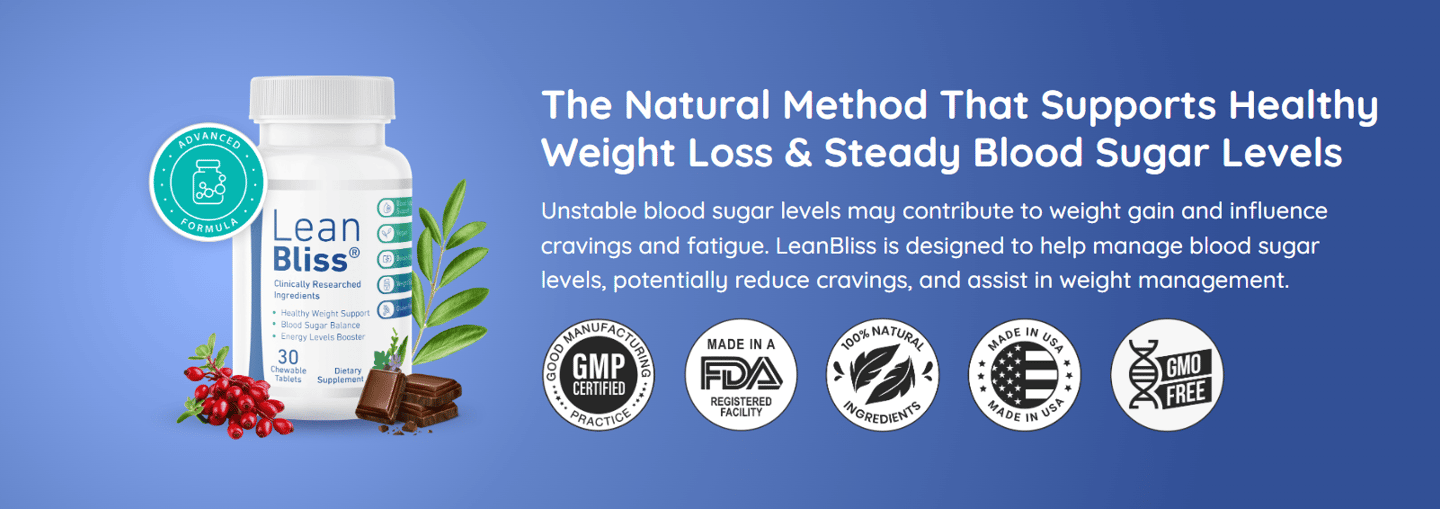The best time for exercising to burn fat
2/9/20244 min read


The best time for exercising to burn fat varies among opinions in scientific studies. However, what is universally agreed upon is the importance of regular physical activity, regardless of the time it is performed. It is essential to consider choosing a time that fits into one's daily schedule to ensure commitment and consistency. Consistently exercising at the same time every day is considered an important factor in achieving the desired goal
The benefits of exercising in the morning
Exercising in the morning has numerous benefits, including the following
Increasing Fat Burning: In a study published in the British Journal of Nutrition in 2013, involving 12 healthy men, it was found that exercising on an empty stomach may enhance the body's ability to burn calories and fat. However, the long-term stability of this effect was not demonstrated
Improving Sleep Quality: A study published in the Journal of Vascular Health and Risk Management in 2014, involving 20 individuals at risk of high blood pressure, indicated that morning exercise is one of the most beneficial times for enhancing sleep quality. Additionally, morning exercise contributed to improving blood pressure levels in the participants
Appetite Control: In a study published in the Medicine and Science in Sports and Exercise journal in 2012, conducted to assess women's appetite for food after morning exercise, 18 women with normal weight and 17 overweight women participated. The results showed that engaging in physical exercise contributed to reducing appetite for food.
The benefits of exercising in the evening
Improving Athletic Performance: A review published in the Scandinavian Journal of Medicine & Science in Sports in 2010 indicated that the body's performance in exercises is better in the evening, showing improvements in muscle function, strength, and endurance. However, this effect may not be observed on hot days.
Reducing the Risk of Injuries: The body's ability to exhibit quick responses is better in the evening, which is crucial, especially for those engaged in high-intensity interval training or brisk walking on a treadmill. Additionally, late-night hours coincide with lower heart rate and blood pressure levels, thereby reducing the risk of injuries during exercise.
The target heart rate for fat-burning exercises
The heart rate levels during exercise vary based on the intensity of the exercises and are determined by the maximum heart rate, which is the highest number of heartbeats per minute. Depending on these levels, the body establishes the energy system used during the exercise, influencing the calories burned
The heart rate levels for fat-burning exercises are associated with low-intensity workouts because, during such exercises, the body relies more on stored fats as a source of energy. This is in contrast to high-intensity exercises where carbohydrates are the primary energy source. The target heart rate for fat burning represents the rate at which a person's heart beats per minute to achieve the maximum fat-burning rate. When reaching this rate, the body burns more stored fats than sugars and other carbohydrates. Therefore, individuals focus on reaching this heart rate during workouts to burn the maximum amount of fat
Types of aerobic exercises for fat burning
Exercise is one of the most common ways to lose weight, along with following a dietary plan. It helps burn calories, playing a crucial role in weight loss. The following are types of aerobic exercises for fat burning
Walking: In a study published in the Journal of Exercise Nutrition & Biochemistry in 2014, lasting 12 weeks and involving 20 obese women, it was found that moderate-intensity walking for 50-70 minutes, three times a week, significantly contributed to reducing subcutaneous abdominal fat and visceral fat
Running: A review published in the International Journal of Obesity in 2007 indicated that running may help burn harmful visceral fat, commonly known as belly fat. This type of fat accumulates around internal organs and is associated with an increased risk of various chronic diseases, such as heart disease and diabetes
Swimming: Swimming is considered an easy exercise for weight loss, as it can improve body flexibility and reduce risk factors associated with various diseases
General Tips for Burning Fat
Eating Breakfast: Skipping breakfast does not aid in weight loss; on the contrary, it may lead to feeling hungry throughout the day and an increased likelihood of consuming more snacks. Skipping breakfast also results in a deficiency of essential nutrients that can be obtained from this meal.
Drinking Adequate Water: People sometimes confuse feelings of hunger with thirst, leading to the consumption of excess calories when all they may need is a single glass of water.
Increasing Fiber Intake: Fiber expands in the stomach and takes time to digest, resulting in a prolonged feeling of fullness. Therefore, it is recommended to focus on consuming fiber-rich whole grains, vegetables, and fruits.
Sleep: Lack of sleep is associated with an increased risk of obesity. A review published in the Sleep journal in 2008 found that insufficient sleep raises the Body Mass Index (BMI) in both children and adults.




The Natural Method That Supports Healthy
Weight Loss & Steady Blood Sugar Levels
Unstable blood sugar levels may contribute to weight gain and influence cravings and fatigue. LeanBliss is designed to help manage blood sugar levels, potentially reduce cravings, and assist in weight management.


